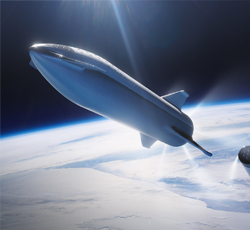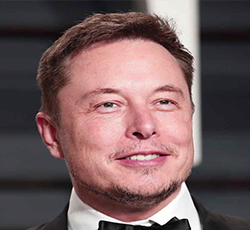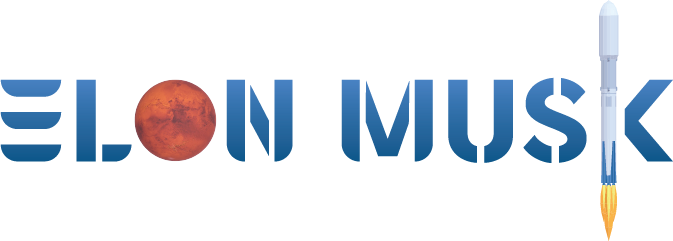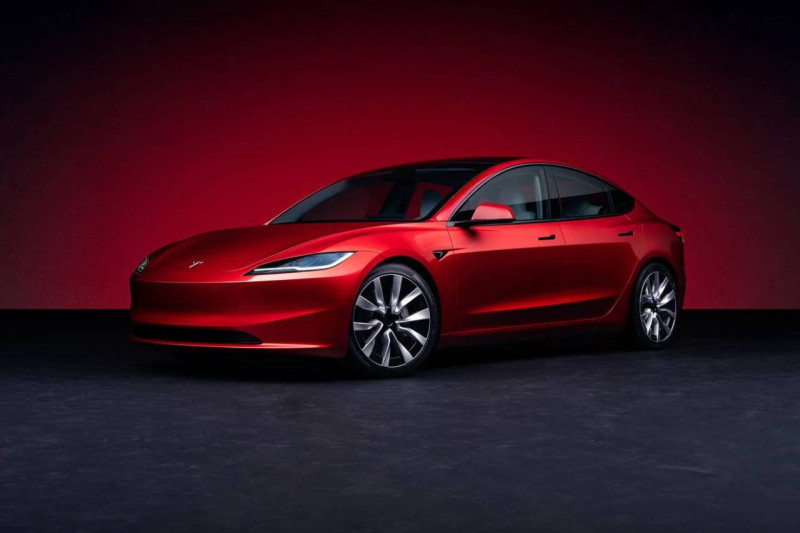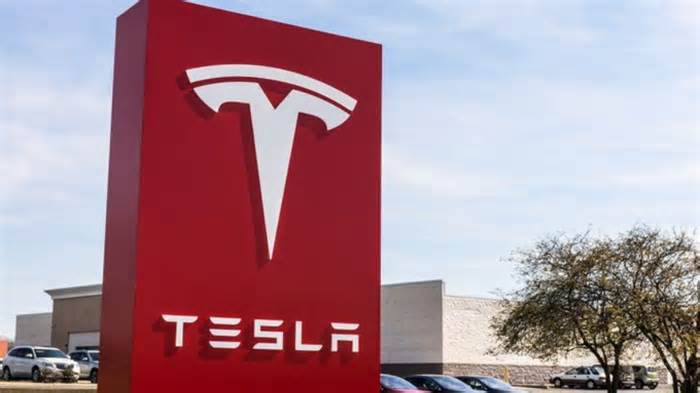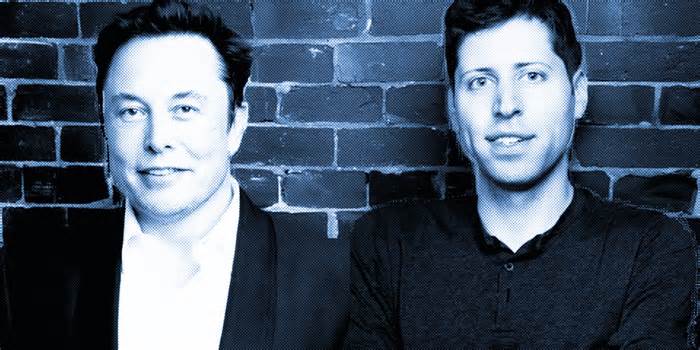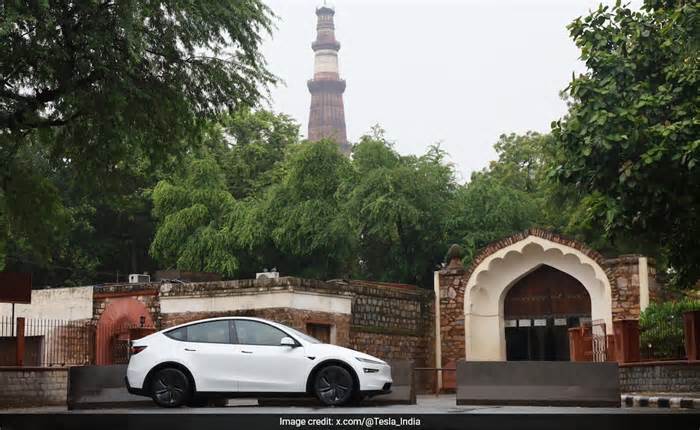
What is the Hyperloop? Here’s everything you need to know
- by Digital Trends
- Dec 27, 2018
- 0 Comments
- 0 Likes Flag 0 Of 5

What is the Hyperloop?
The Hyperloop concept as it is widely known was proposed by billionaire industrialist Elon Musk, CEO of the aerospace firm SpaceX and the guy behind Tesla (as well as, in the last year, a number of public gaffes). It’s a reaction to the California High-Speed Rail System currently under development, a bullet train Musk feels is lackluster (and which, it is alleged, will be one of the most expensive and slow-moving in the world).
A one way trip between San Francisco and Los Angeles on the Hyperloop could take about 35 minutes.
Musk’s Hyperloop consists of two massive tubes extending from San Francisco to Los Angeles. Pods carrying passengers would travel through the tubes at speeds topping out over 700 mph. Imagine the pneumatic tubes people in The Jetsons use to move around buildings, but on a much bigger scale. For propulsion, magnetic accelerators will be planted along the length of the tube, propelling the pods forward. The tubes would house a low pressure environment, surrounding the pod with a cushion of air that permits the pod to move safely at such high speeds, like a puck gliding over an air hockey table.
Given the tight quarters in the tube, pressure buildup in front of the pod could be a problem. The tube needs a system to keep air from building up in this way. Musk’s design recommends an air compressor on the front of the pod that will move air from the front to the tail, keeping it aloft and preventing pressure building up due to air displacement. A one way trip on the Hyperloop is projected to take about 35 minutes (for comparison, traveling the same distance by car takes roughly six hours).
Why the need?
Conventional means of transportation (road, water, air, and rail) tend to be some mix of expensive, slow, and environmentally harmful. Road travel is particularly problematic, given carbon emissions and the fluctuating price of oil. As the environmental dangers of energy consumption continue to worsen, mass transit will be crucial in the years to come.
Rail travel is relatively energy efficient and offers the most environmentally friendly option, but is too slow and expensive to be massively adopted. At distances less than 900 miles, supersonic travel is unfeasible, as most of the journey would be spent ascending and descending (the slowest parts of a flight.) Given these issues, the Hyperloop aims to make a cost-effective, high speed transportation system for use at moderate distances. As an example of the right type of distance, Musk uses the route from San Francisco to L.A. (a route the high-speed rail system will also cover). The Hyperloop tubes would have solar panels installed on the roof, allowing for a clean and self-powering system.
Image used with permission by copyright holder
There are of course drawbacks. Most notably, moving through a tube at such high speeds precludes large turns or changes in elevation. As a result, the system is optimal for straightforward trips across relatively level terrain.
California is, of course, susceptible to earthquakes, and the Hyperloop design takes this into account. The tubes would be mounted on a series of pylons spread along the route, each pylon placed every 100 feet or so. The pylons will allow for slip due to thermal expansion and earthquakes, ensuring that the tubes will not be broken by any such movement.
Realistically, the most important problem in getting any project off the ground is money, doubly so when talking about a public work. Even if one can produce an impressive blueprint, there are still issues of public approval, legislation, regulations, and contractors to worry about. Fortunately, The Hyperloop would be a cost-saving measure, especially when measured against the corpulent rail project currently underway. Musk’s white paper for the Hyperloop estimates the total cost could be kept under six billion dollars. Meanwhile, phase one of the California high-speed rail project is expected to cost at least $68 billion.
The Hyperloop competition and recent developments
Although Elon Musk postulated the idea, SpaceX is not developing a commercial Hyperloop of its own. Instead, it has held various competitions to encourage students and engineers to develop prototype pods. To facilitate this, SpaceX built a one mile test track in California.
The contest was a way for engineers and companies to get the ball rolling to make the Hyperloop system a reality.
On January 30, 2016, the SpaceX Hyperloop design competition concluded. More than 100 prototype pod designs were submitted, and 27 teams have won the chance to test their designs on the SpaceX Hyperloop test track in June 2016. A team of grad students from the Massachusetts Institute of Technology (MIT) won Best Overall Design. According to the MIT team, the pod is lightweight and emphasizes speed and safety, including a fail-safe brake system. Whereas many Hyperloop designs use air jets to levitate, the MIT design uses two arrays of neodymium magnets to keep the pod aloft. Additional magnets inside the pod keep it stable as it races along the track. The power of the prototype was impressive, though it’s still very far from a commercial product given it currently lacks space for passengers or even cargo.
In January 2017, the long-running SpaceX Hyperloop competition wrapped up with “Competition Weekend I,” in which completed pods raced on the test track. A team from Delft University in the Netherlands took the top prize.
We are very proud be the overall winner of the first hyperloop pod competition ever! Thanks everyone for the great support! pic.twitter.com/BKl5bI5iNX
Please first to comment
Related Post
Stay Connected
Tweets by elonmuskTo get the latest tweets please make sure you are logged in on X on this browser.






 Energy
Energy